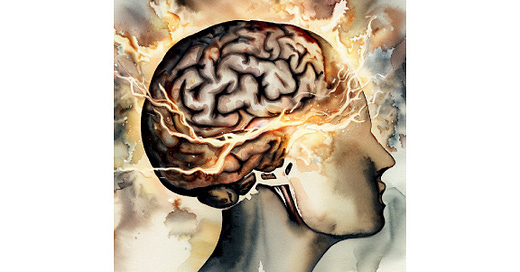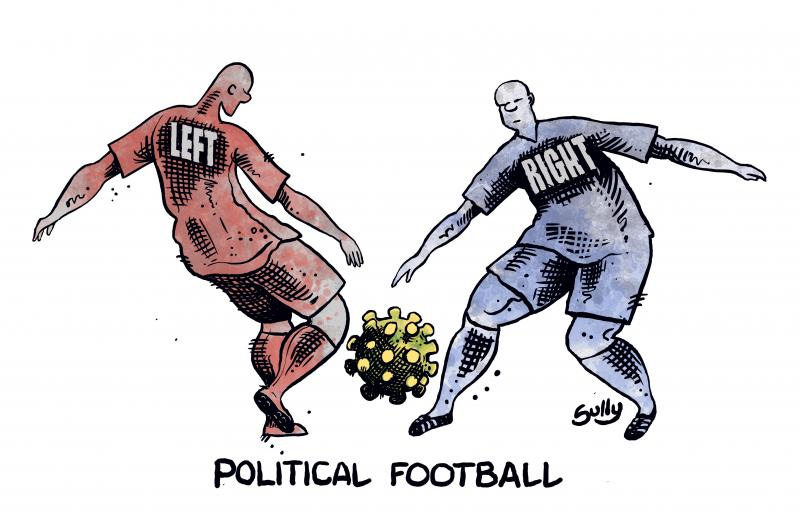The Autism Tribune aims to capture some of the personal experiences of living with a child with severe autism, asking critical questions about the causes of the condition and alerting the next generation so they avoid the compounded neurological harm that is otherwise coming their way. So far, I’ve cogitated on the posts and the content in the early hours of the morning. It’s been a great way to spend the time that I’m awake anyway, listening out for our son in the room next door. There’s a creative energy that comes from anger and frustration, knowing that there’s something wrong but not being able put things right. The dynamic is very different when we’re in a calm phase. Leaving our son to sleep for up to 12 hours a night is a truly wonderful, even miraculous, thing, but it reduces the urgency to write and shifts the focus of what I am wanting to say.
Our current calm phase has followed the arrival of the new moon (on 29 January), as is often the case. Just as the worst of the hyperactivity and agitation comes with the full moon (and I wrote about this briefly in post number 2), the new moon often brings us some calm. The contrast between the two phases of the moon can be extraordinary, and it has become much more apparent as he’s got older. Today, our son woke up happy and relaxed and this is the fifth consecutive day when his mind has been calm. First thing in the morning, he got into bed with his Dad and repeated the phrase ‘he loves his Dad’, which is his way of saying it’s true. His face has been plastered with a beaming smile all day and he looks and behaves like a saint.
When his soul is at peace in this way, his whole body takes a rest too. He can sit calmly and quietly without talking non-stop. Driving in the car you can almost forget he is in back, and at most, he’ll break into a song. Just a week or so ago, when at his most agitated, the car was bouncing up and down, he was talking incessantly to himself about events and dialogue that happened more than a decade ago, and he could not focus on us.
This begs the massive question of why this happens and how we can maintain the wonderful calm. For years, we’ve been trying to understand what switches his brain on and off like this and it might be that readers have answers that can be shared via the comments or chat for this post. One such comment kindly posted by a subscriber has already prompted us to read up on the role of energy in the brain of autistic people, and it would be good to know if others have explored this or related research.
The counter-intuitive idea is that the brain requires a lot of energy to maintain a calm state. The chemical pathways that transmit signals between the neurons, drawing on mineral ions such as calcium and potassium, are critical in keeping the system calm and functioning well. When starved of sufficient energy, the brain becomes less able to regulate its processes, and the individual becomes more agitated – in body and mind. Although logic might suggest that agitation is a sign of excess energy (as the body and mind are ‘burning it off’), the reverse is true, and our brains need to work harder to maintain the kind of calm we now see in our son.
There is a brilliant summary of the emerging science in this area in a paper posted on the website of the parent-led charity Thinking Autism. You can read the long version called Autism – A crisis in brain energy or a shorter summary here. The paper documents research that suggests people with autism have unusual levels and deployment of energy in the brain, and that this correlates with severity of symptoms. Indeed, all the core symptoms used to diagnose the condition (communication, social interaction and repetitive behaviours) can be explained by inadequate access to energy in the brain. There are also intriguing connections to other neurodegenerative conditions like Alzheimer's and Parkinson’s that I touched on in my last post. The energy pathways in the body and brain are further altered with changes in the environment that include diet, allergies, pathogens and the lunar cycle: and there is research on diabetes symptomology and the lunar cycle that might provide glimpses into what is going on for our son.
Nothing is ever simple, especially when it comes to biological systems, but this work gives us hope. If we can understand what’s gone wrong, we can think of creative solutions to try and improve the symptoms, even when decades have passed since the problem began.
Ever since our son’s diagnosis of severe autism in a bleak psychiatric hospital on the fringes of North London in 2007 (when he was 4 years old), we have lived in two different worlds. One reflects the official narrative that autism is a life-long condition that impacts early development and for which there is no explanation or cure. The medical establishment, practising doctors, public health experts and leading charities all sign up to this view, influencing the way that the condition is discussed in public debate. The language is all about acceptance and even celebration of what is now being called neurodiversity. And as the online dictionary tells me, neurodiversity refers to “the range of differences in individual brain function and behavioural traits, regarded as part of normal variation in the human population (used especially in the context of autistic spectrum disorders)” (emphasis added by me).
The alternative narrative reflects parental experience that autism has an underlying pathology that disrupts normal development, and that the timing and trigger will influence the manifestation and severity of the condition. Although it is rarely heard in public debate, this alternative view asks why this is happening, what can be done to alleviate the symptoms, and advocates for more and better research to stop it happening to the next generation. Following our son’s diagnosis, my husband and I never stopped reading and reaching out to find allies who can help us help him, and The Autism Tribune is written to support this minority view.
These two narratives have been going head-to-head in Washington DC, this week and last. Watching the largely partisan conflict between Robert F. Kennedy Junior and his erstwhile comrades on the left doing battle over his nomination for the leadership of the Department for Health and Human Services (HHS) has been illuminating for all the wrong reasons. Rather than having a measured debate about what is going wrong for our children as well as all the taxpayers who ultimately bear the cost of chronic ill-health, the hearings have largely reinforced the existing prejudices of those taking part. The sessions have also unintentionally exposed the extent to which the pharmaceutical, chemical and food industries are funding politicians, researchers, regulators and the media in the US but also further afield.
Our children are the footballs on the political pitch. One side repeats the mantra that ‘vaccines are safe’ even though the leaflets provided with each dose have a list of possible side-effects that include neurological damage and the state-funded vaccine courts have paid out handsomely for a limited number of cases where this has been proved. The other side try to fly the flag for our community, to tell the truth about what has gone wrong, but find it almost impossible to shatter the illusions of the progressives who want to believe that human technology can only be good.
I’m writing this post on the day that Kennedy faces the final vote for his confirmation, or otherwise, of leadership of the organisation that oversees medical research, regulation, provision and practice in America. If he secures four years in office, he can fund research to understand the causes and consequences of the host of chronic health problems afflicting our population. The ripple effects will be felt in scientific research, publishing and teaching, as well as in medical practice, across the globe. We might see the benefits of energy reaching the right parts of the research community, drowning out some of the noise that has been clouding analysis of the causes and consequences of autism for far too long.
Whatever happens, I’ll report back on developments in future instalments, and close by wishing everyone a very peaceful new moon.





